Discomfort vs. Pain: The Difference

If you’ve trained for any length of time, you’ve at least spent some of it in “the pain cave”. As you run long distances, race faster, or push through grueling physical training, you've become use to your body taking some abuse. However, there are times when you cross the line of discomfort into pain/injury; but how do you know when you are just pushing hard vs. actually doing damage.
Here are a couple of indicators for telling when you’ve crossed the line:
1. Immediate Pain
A good way to tell the difference is if there is an immediate spike in pain. If you fall off an obstacle or trip on a rock and slam into the ground it could lead to a race ending injury. Immediate and sudden pain is a good indicator for injury. What about stress fractures though? Yeah, those are going to sneak up you slower. So, this is not a fool proof method. However, sometimes a stress fracture is a result of lots of stress to weaken a bone and then an acute injury causing the fracture.
2. Altered Gate/Movement
If you roll your ankle, you’re going to limp for at least a couple of steps, that’s a guarantee. The question is whether you are still limping five or ten minutes later? The former is likely something minor and an injury you can power through during your run/race; the latter may be an indicator of something more serious.
3. Visible Problem
I’ve had one serious torn muscle in my life, it was part of my pec while doing dips, and I physically felt the muscle ripping. Then my upper chest swelled up. So, I couldn’t see the damage, but I had blood pooling in my bicep. Regardless, I could tell the damage was serious immediately despite my efforts at denial.
A full muscle tear will actually make the muscle roll up as the tendon is completely torn from the bone or the muscle rips. Serious fractures may also be visible as the bone can be seen taking a visibly wrong angle. Most of those are pretty obvious, and you probably won’t need a doctor to realize that this is a serious injury.
4. Experience
This one is a little more challenging, but the more your run, train, and race, the better you’ll understand what is normal and what is abnormal. As an athlete, you’ll continue to learn more about your body. It took me several years of running ultras where all the muscles (and what felt like bones/tendons) in my feet didn’t hurt mid-race. At no point did I have an injury, but I was definitely running with an altered gate, and it sure felt like pain to me.
If this sounds tricky, it is because it's a tricky topic. Regular training causes micro-tears in your muscles that heal making you stronger, which means that technically, injury and training are actually on the same spectrum - just at opposite ends. On one end of the spectrum are very small micro-tears that heal rapidly leading to physical improvement; and at the other end, it might end your season.
Hopefully that helps instead of just muddying the waters whether it is pain or discomfort, now the question is, “should you quit mid-race or just power through it?” Just like identifying injury it is a nuanced answer so we’ll answer it in the next article. Check back on the MudGear blog to help you guide your decision mid-race.

 Evan “Ultra-OCR Man” Perperis is a professional obstacle course racer for the MudGear-Battle of the Lions Pro Team. With over 65 overall podiums and counting, he is best known for his annual ultra-endurance events that often last multiple days to raise money for the charity Folds of Honor. You can read about these events and his military service in his biography “Ultra-OCR Man: From Special Forces Soldier to Record Setting Pro OCR Athlete” (available in hard copy, digital and audiobook). A NSCA-CPT he also has an additional five books on training and preparing for Obstacle Course Racing.
Evan “Ultra-OCR Man” Perperis is a professional obstacle course racer for the MudGear-Battle of the Lions Pro Team. With over 65 overall podiums and counting, he is best known for his annual ultra-endurance events that often last multiple days to raise money for the charity Folds of Honor. You can read about these events and his military service in his biography “Ultra-OCR Man: From Special Forces Soldier to Record Setting Pro OCR Athlete” (available in hard copy, digital and audiobook). A NSCA-CPT he also has an additional five books on training and preparing for Obstacle Course Racing. 



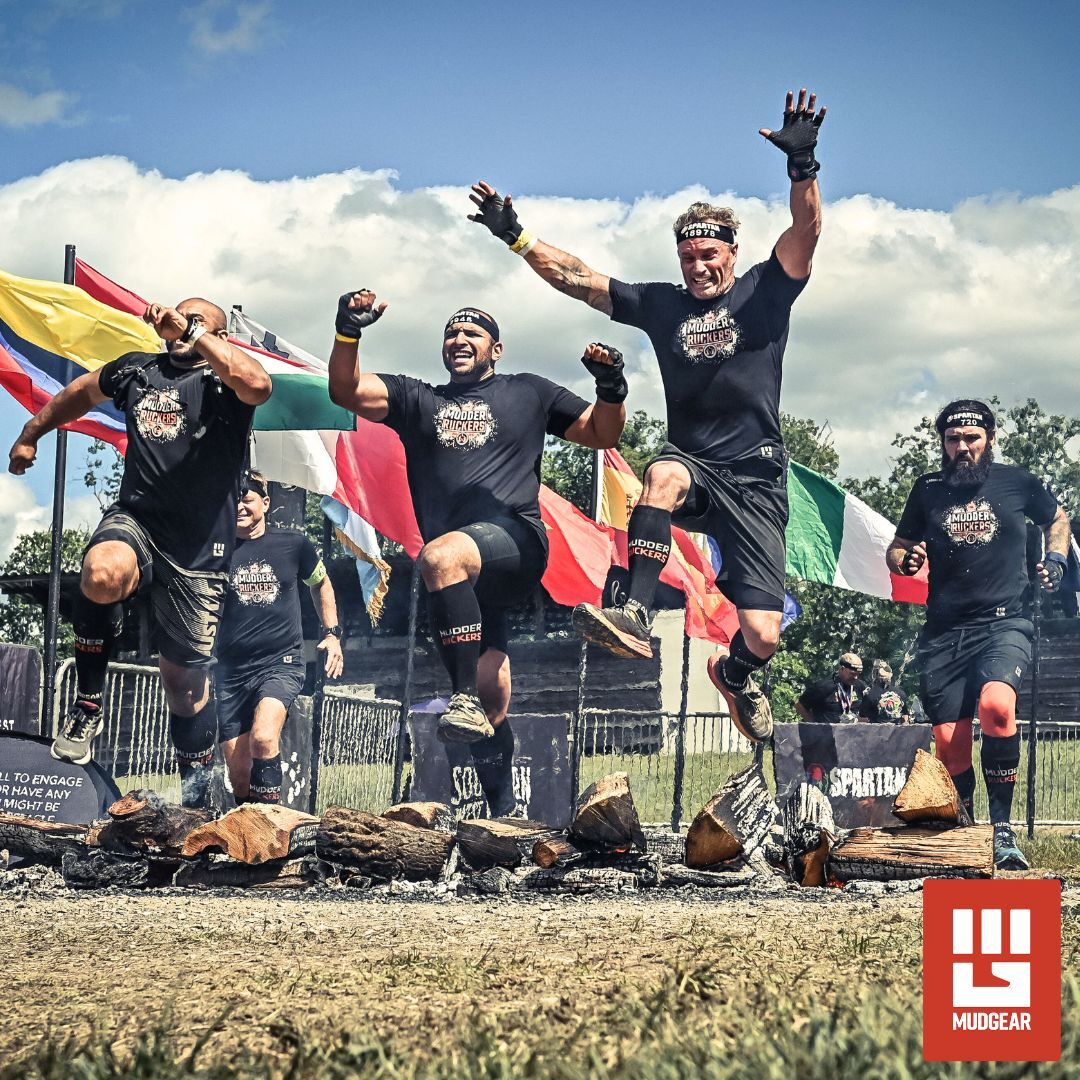
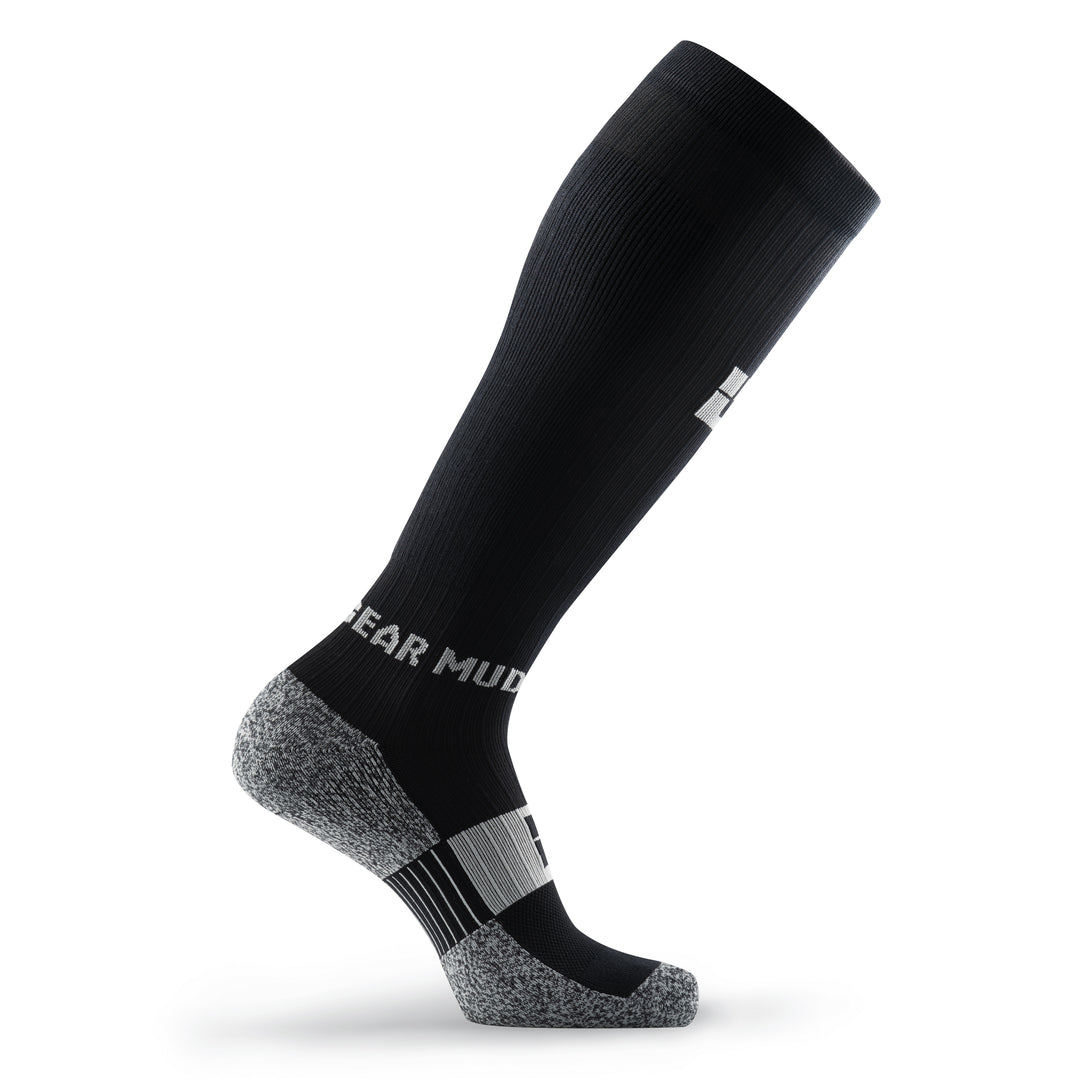
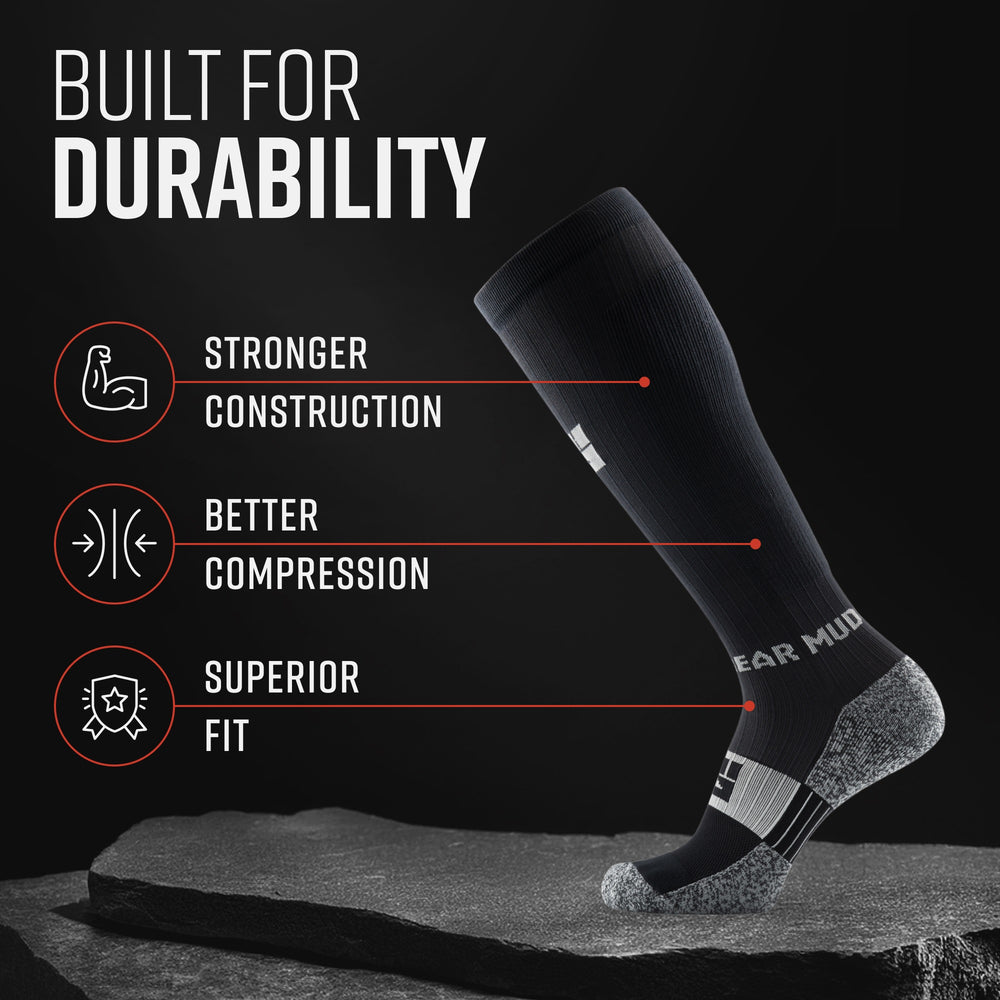
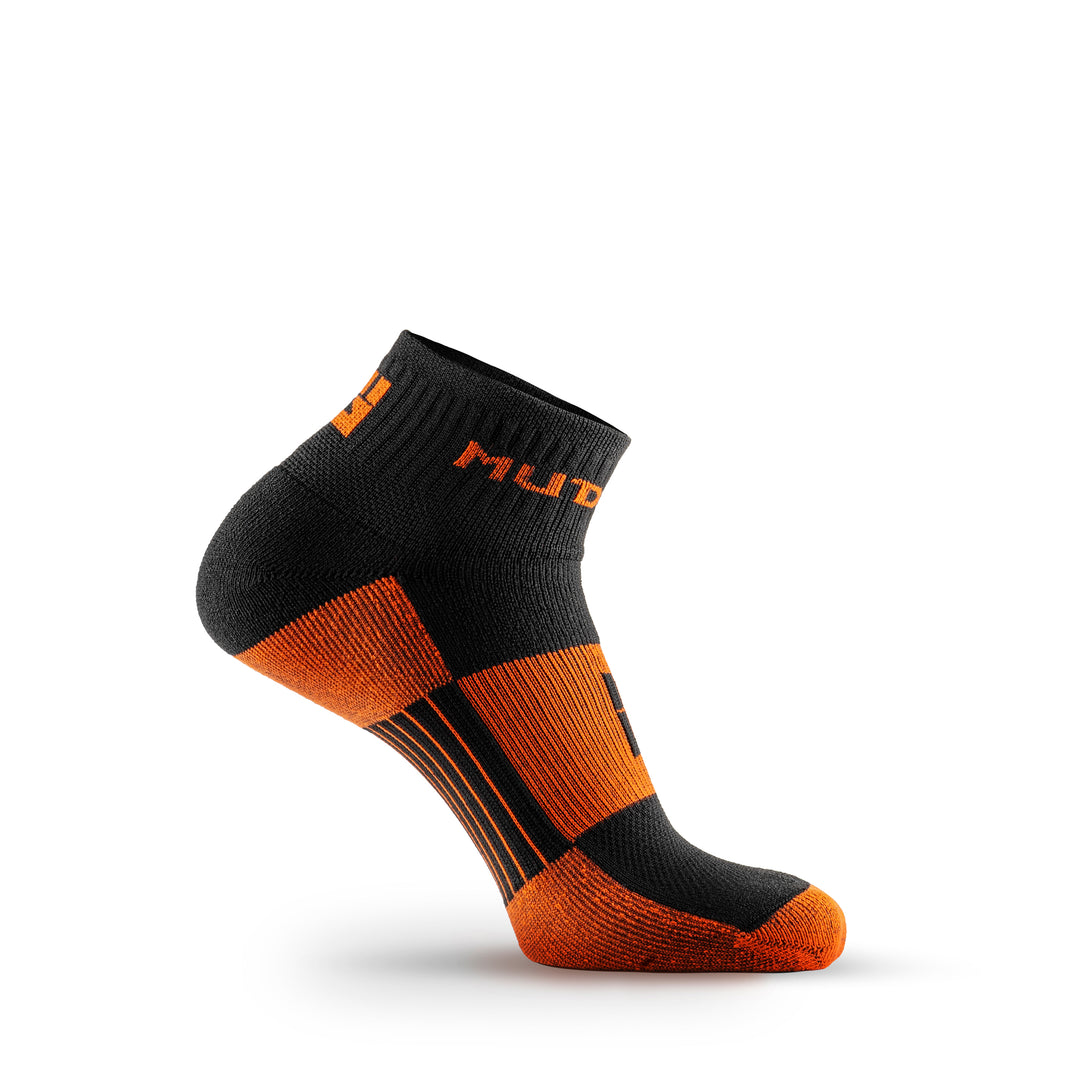
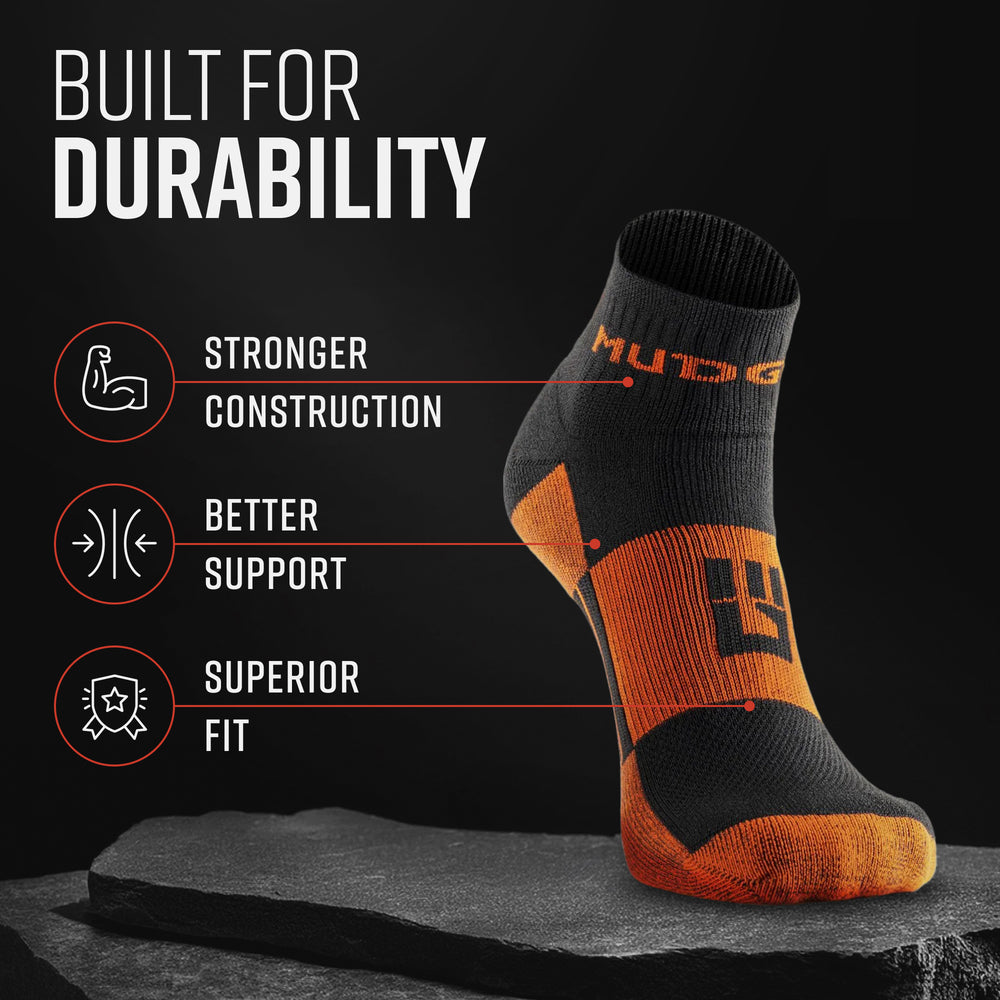


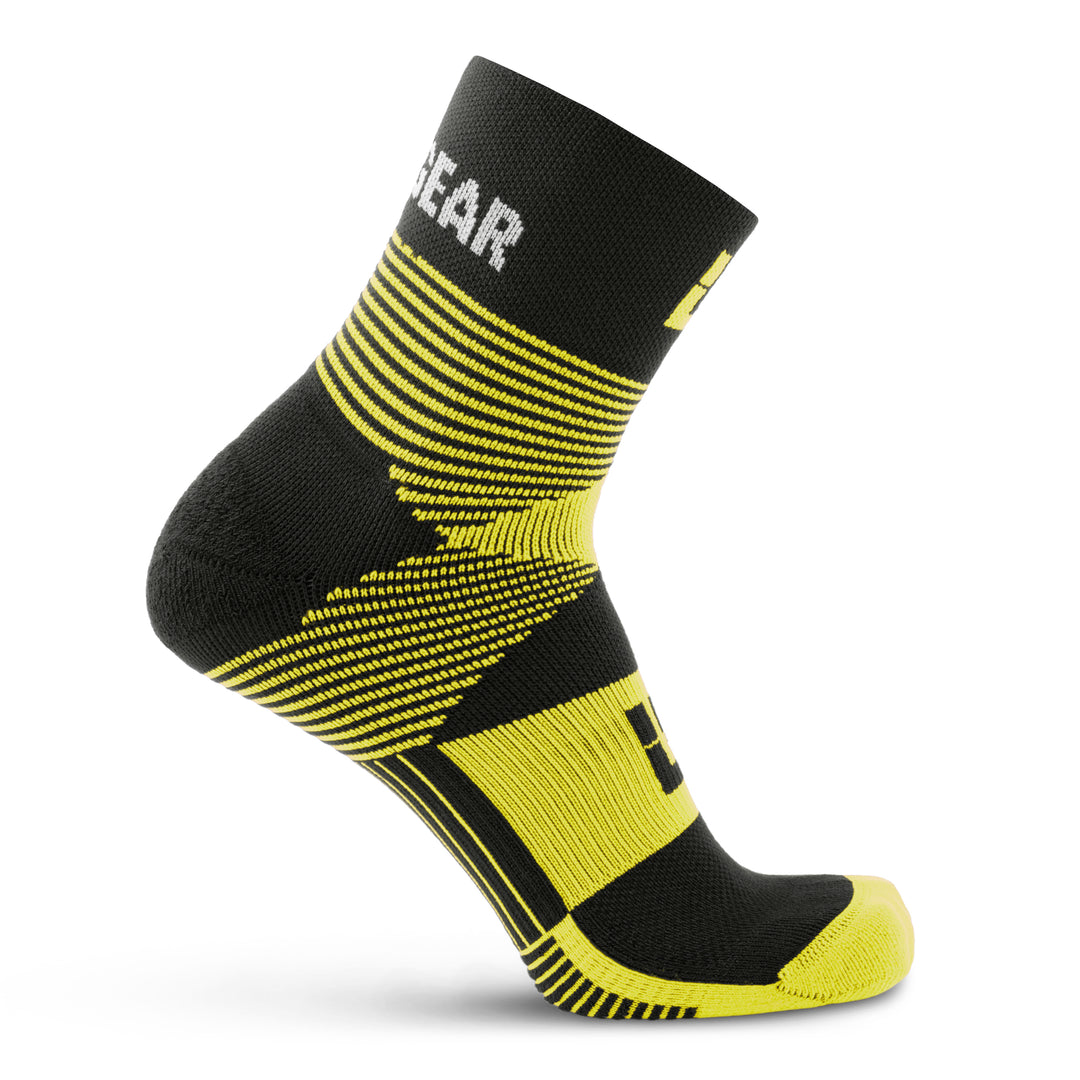
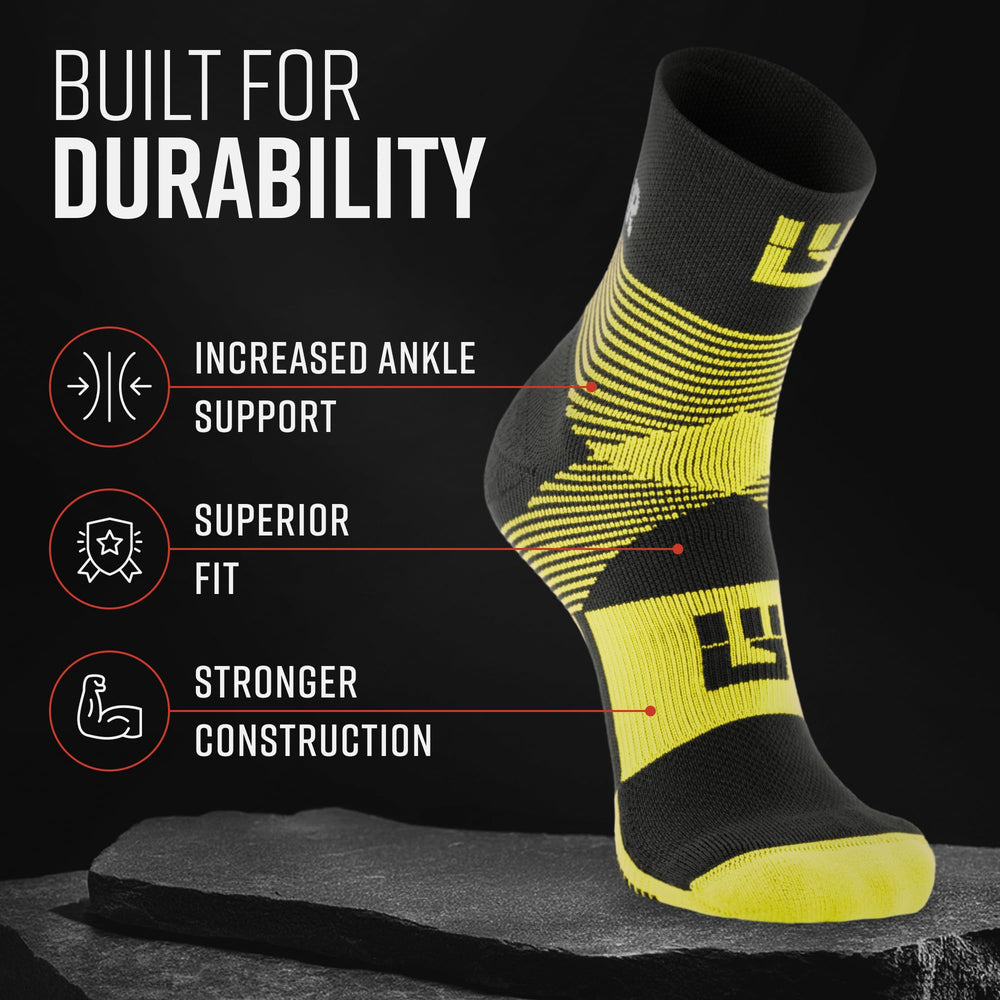

Leave a comment